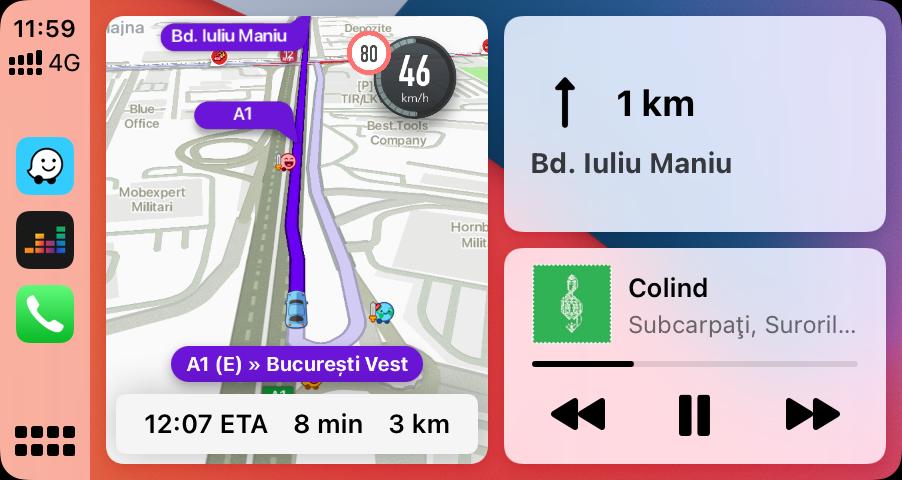Google Maps navigation aims for utmost convenience and simplicity, ensuring users receive directions with a swift glance at the screen. This convenience is paramount across various devices, not solely limited to smartphones.
Efforts to enhance Google Maps navigation extend to different platforms, including cars, where turn-by-turn guidance continues to evolve with each update.
Now, Google is extending its convenience to Wear OS smartwatches by introducing public transit directions on Google Maps. This integration enables users to access routes and directions directly on their wrists, streamlining the navigation experience.

The first experience of navigation on a smartwatch, for many, dates back to years ago with devices like the Apple Watch. The seamless transition to Wear OS brings forth the convenience of receiving navigation instructions directly on the wrist, liberating users from constantly holding their smartphones while navigating.
Google Maps on Wear OS offers comprehensive public transit support, allowing users to select routes, view ETAs, and see highlighted routes on the Always-On Display screen. Despite the limited screen size, users can still preview routes effectively, contributing to a seamless navigation experience.
Reportedly, Google is gradually rolling out public transit support for Wear OS via server control, emphasizing the importance of keeping devices and apps up-to-date for access.
Simultaneously, Google continues to refine Google Maps for other platforms. Notably, Google Maps for Android Auto now includes features like displaying parking locations before turning off the engine and providing walking directions from the parked location to the destination. A 3D building layer is in development, aiming to enhance navigation, although refinement is needed before wide availability.
Despite competition from Apple Maps, Google Maps maintains its dominance as the premier navigation app. The expansion of features to Wear OS underscores Google’s commitment to innovation, offering users a compelling navigation experience across multiple devices.

